Assembly Line Orthodontics Can Damage Faces
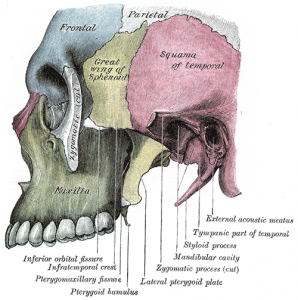
The Green Bone on the Skull which the teeth are attached to is the Maxilla.
Conventional orthodontics is a racket where faces get ruined as the orthodontist puts patients down a one-size-fits-all profiteering assembly line. I know about this first hand as I was a victim of bad, unnecessary and unhelpful orthodontics. The braces and headgear did not work for me even though my parents shelled out thousands of dollars to fix my crooked teeth and overbite. What was supposed to have been fixed with the orthodontic treatment I received when I was eight to ten years old actually got worse with age. I did not realize that I had had back orthodontics until I was 30 years old and my teeth stopped touching correctly.
Rather than having my molars contacting when I slept, I had to "hang" my jaw open because it would not find a comfortable resting spot. This article is going to tell you why conventional orthodontics is a disaster, and how you can avoid making mistakes with your children that will waste your money, and potentially ruin the facial growth and long term health of your child.
In order to understand the problems with orthodontia, we need to look at how the body functions. The maxilla, the upper pallet of your child grows significantly forward during the ages of eight to twelve. After that, the growth slows down or stops completely. I don't know if this information is in current text books. Conventional orthodontists are not educated about the facial or cranial structures like a chiropractor or an osteopath would be. My craniopath (chiropractor) who studies the cranial dental condition told me about the importance of the maxilla growth. Take a look at this picture so you can see how large and important the maxilla bone is.
I made a strong statement that orthodontics is a disaster that frequently takes money at the expense of people's teeth. Here are my lower teeth at age 31.
Braces Often Do Not Work
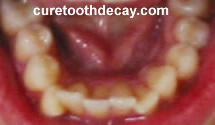
These are my lower teeth 20 years after braces. Notice how crooked they are.
I wish I had some of the dental models that were taken when I was eight years old. But it appears that my overbite got worse from the time I had braces. This makes sense considering that braces and headgear fight the normal growth directions of the growing child.
Braces and Head Gear Did Not Improve my Overbite

My overbite was made worse or not corrected by braces and headgear.
The top image is a side impression of my teeth taken at 31 before I began a program of facial orthopedics. That is a program to correct the damage done by braces and headgear along with bringing my bite to a more anatomically correct position without surgery of any sort. For comparison, below is a side view of a hunter-gatherer skull. Notice that the hunter-gatherer skull has no overbite. What the red arrows point to is a common problem faced by both adults and children. It is described as an overbite. This is where the body's natural and relaxed position is to have the molars touching. But unfortunately, the front teeth also hit against each other due to improper bone growth and development. The body then hinges the jaw backwards to accommodate the imbalance, and the result is an overbite.
Side View of How Conventional Orthodontics Did Not Work
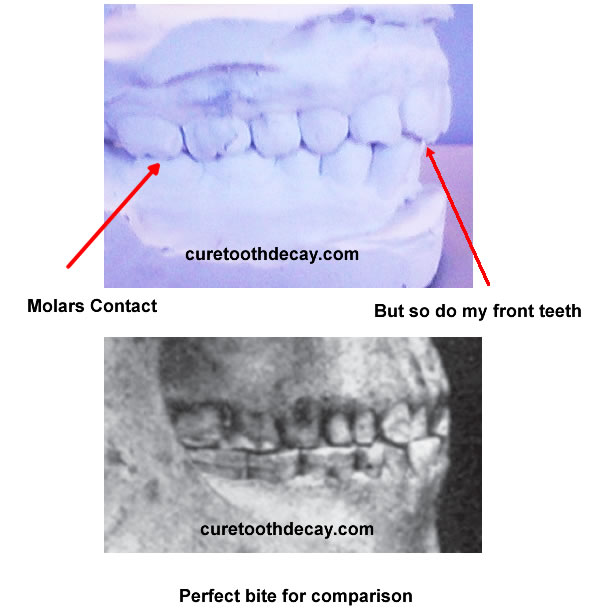
How Braces Can Ruin Faces
With my careful study of the work of Dr. Weston Price, and because I have spent quite a bit of time researching tooth decay, I have come to see how damaged many people's facial structures have become not just because of our western diet, but because of the insult to the body that we call conventional orthodontics. Conventional orthodontics frequently ruins faces in subtle ways that most people do not notice. And the reason braces can ruin faces has to do with how our bodies grow. In the image below of the infant skull, the red arrows show the growth direction of the child. Notice how big an infant's cranial bones are compared to their jaw bones (maxilla and mandible). In order to accommodate the birth process, nature has made infants' jaw bones tiny. Meanwhile major cranial bones at the top of the head are much better developed. What this means is that as our children grow, the largest growth in their head will be in the lower portion of the face as the arrows indicate. For comparison I have shown an adult skull just below the infant skull.
The Arrows Show the Growth Direction of Our Faces
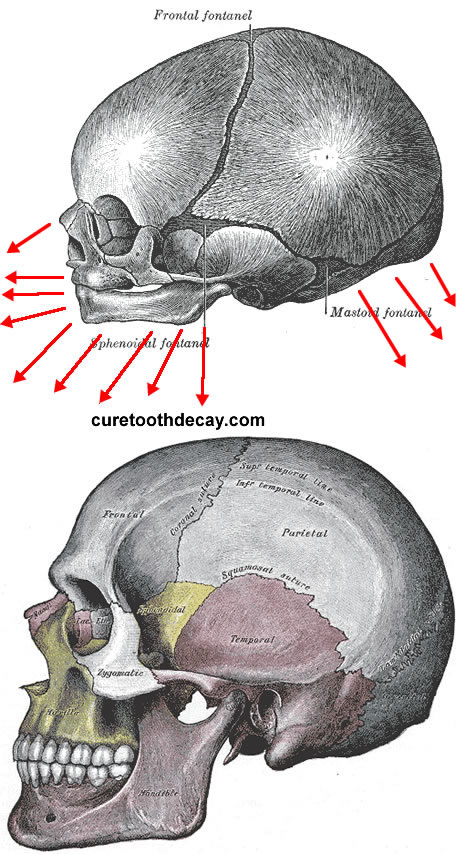
The infant skull above shows how the maxilla (upper palate) and mandible (jaw) grow down and forward. (ref. 1)
If you want your child to be beautiful and proportionate, then it is important to support the forward growth of the maxilla and mandible. Yet conventional orthodontics uses braces and headgear, and mistakenly stops or hinders this forward motion. Braces can lock up the maxilla by tightening and contracting it while it is growing. Whereas the normal growth pattern for humans is for the maxilla to expand in multiple directions. Braces usually cause the maxilla growth to be disturbed and restricted. The most severe problems in facial development are caused by headgear and braces used during the time of maxilla growth from eight to twelve years old. The younger the patient, the worse the outcome because the bones are less developed. These pictures of me illustrate the unfortunate problem.
Below: Me at Age Eight before Braces and Head Gear
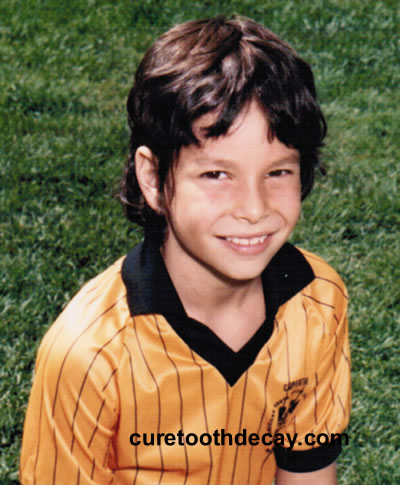
Below: Me Age 11 or 12, This is after Braces and Head Gear
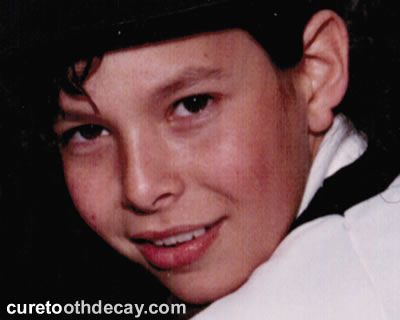
Notice the difference in the before and after braces pictures?
The braces and headgear had inhibited the growth of my maxilla. This locked my jaw back; as some functional orthopedic dentists understand, the jaw (mandible) follows the growth of the maxilla.
How Braces Fight Against Normal Growth Patterns
conducted in central Australia catalogued the facial and dental growth patterns of semi-modernized aborigines over the course of twenty years. This careful documentation can be used as a refernce point of how children's faces are supposed to grow and develop. The pictures below reflect the documented growth.
Below: The Normal Growth Vectors of a Growing Child's Upper Palate (Maxilla) at Age 6
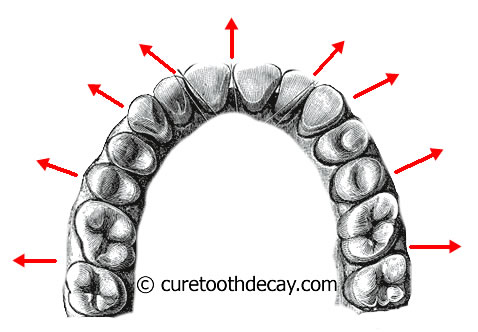
Below: Average Growth Changes from Ages 7 to 16

The Yuendumu study shows that the average Aboriginal upper palate (maxilla) growth is 6.2 millimeters (1/4 inch) forward in 9 years from the ages of 7 to 16.
The top two images are depictions of how our child's palate is supposed to grow. The middle picture is shown for comparison, the maxilla (upper palate) of a 7 year old, as compared to a maxilla of a 16 year old. As you can tell, and as common sense dictates, our children's mouths are supposed to get bigger as they get older.
How Braces Can Thwart Growth Patterns
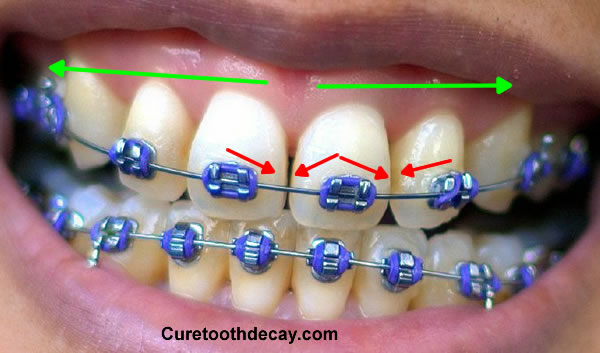
The child shown here does not need braces. The green arrows show some of the growth dimensions, while the red arrows show what the braces will do.
The picture above is quite interesting. The child shown does not need braces because she has space between her teeth. The red arrows show how the braces work by squeezing teeth together. Braces also typically make teeth fit by fanning them outward. The green arrows show of how this child's maxilla will be growing. Her growth pattern is to get wider and wider. Also the maxilla wants to move forward and out in the direction towards us. Meanwhile the locking of the braces will likely inhibit the forward and out growth pattern. So braces usually function contrary to how the body is designed to grow. When you inhibit the growth of the maxilla, the growth of the jaw will also eventually be inhibited as well, since they work in relationship to each other. But the picture below shows a common use of braces to pull teeth together. In this picture, the child has space between their teeth for their wisdom teeth, and because the normal growth pattern of a child is to have their mouth get bigger. If this child's teeth were left alone, when the wisdom teeth came in, her teeth would probably fit together nicely without any gaps. Instead, the braces depicted here are fighting against the normal growth direction of this child's body. This will disturb the growth of this child's lower half of their face, and could even influence the function of their pituitary gland.
Braces Can Affect Growth Patterns
My father is quite tall. As an adult I am 5 foot 11 inches. My two younger brothers are both significantly taller than me. Usually in families I think the first child tends to be the biggest in adulthood. My middle brother did not have braces, and my youngest brother did have braces but when he was much older. Note that my youngest brother now has back problems at 25 and TMJ issues as well and I think that braces were a significant component to him developing this problem. The tallest person in my second grade class is now well over 6 feet tall. In second grade I was the second tallest person in my class. So why did I grow less? My theory is based on the work of Dr. Price who cited connections between growth patterns in the face and the pituitary gland. The width and growth of the maxilla might affect the function of the pituitary gland because the maxilla affects the cranial bones that hold the pituitary gland.
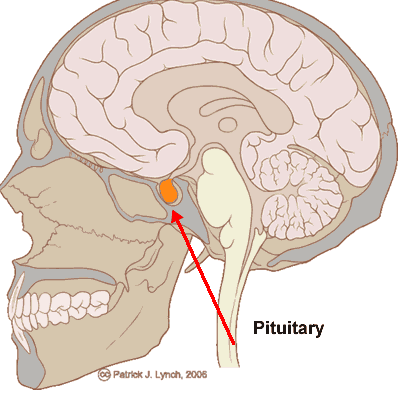
Extractions, Another Issue Related to Conventional Orthodontics
The other issue where facial appearance gets thwarted by conventional orthodontics is bicuspid tooth extractions. Luckily, bicuspid teeth are not extracted too often these days, but it still happens. Few teens are spared wisdom tooth extraction surgery. Wisdom teeth are crucial for the vitality of the individual, and of course they make you smarter. Why? Because every time you close your mouth or clench your teeth, your cranial bones are reset. The more molars you have the better your cranial bones can reset. An interesting side note is that one reason why people clench or grind their teeth is because they are subconsciously trying to reset their cranial bones because their body senses that something is out of balance. So the body keeps grinding or clenching in an effort to get the cranial bones back into alignment.
The more chewing surfaces you have, the easier digestion will be for you. And according to ancient Ayurvedic texts, one of the most important causes of disease is poorly digested food. Perhaps many people get unhealthy or succumb to physical degeneration because they are missing the wisdom teeth they need to properly chew their food.
These Twins used to be Identical before Bicuspid Tooth Extractions
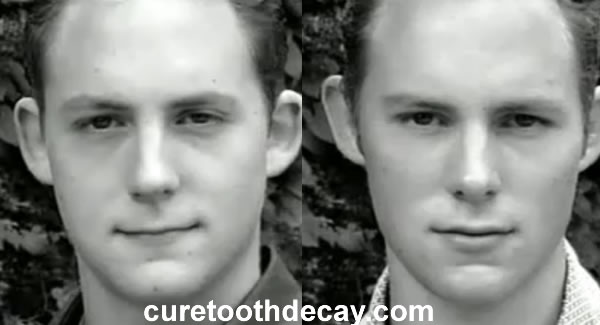
Rather than me telling you how conventional orthodontics ruin faces, I will allow this 60-minute video segment to explain. After the videos, I will explain what you can do next to save your child from assembly line orthodontics.
The Must-See Orthodontic Video - Braces & Extractions Can Ruin Faces
Must-See Orthodontic Video Part 2
Must-See Orthodontic Video Part 3
Save Your Child from Conventional Orthodontics
When fluoride was added to the water, the dental industry thought it was going to shrink significantly because fluoride was supposed to prevent cavities. Rumor has it that in order to enlarge the dental industry, modern orthodontics was created. And unfortunately it was created with quite a bit of ignorance using a cookie cutter model. Even though braces and headgear significantly alter and affect the head, orthodontists are not taught to listen to and understand the body like a chiropractor or cranial osteopath might. They see only a mechanical model that sees the facial bones as rigid and not moving. So a conventional orthodontist thinks that teeth are static in the jaw bone, and that you cannot do much to change or expand your palate. I realize I am speaking in generalities, but their focus on is straight teeth and nothing but straight teeth. I have demonstrated from this post and video that the exclusive focus on straight teeth can be highly detrimental. Just as you have learned to never extract bicuspids from the video, what was not discussed was how most of the time either. To go beyond painful orthodontics using braces or extractions, the jaw can be expanded with wire appliances.
Advice on choosing the best orthodontic treatment
The most common mistake educated parents make is to overly focus on the technique or appliance to fix the child's teeth. Rather, focus on the practitioner. Improving your child's facial growth pattern is an art form. Conventional orthodontists are not trained in the art of dental facial orthopedics (how the head and jaw grow and need to function). They are trained in the one-size-fits-all cookie cutter model. As shown in my case and in the video the assembly line orthodontic model can lead to poor patient outcomes and bad advice. While some tools are better than others for correcting imbalanced bite patterns or crowded teeth, the most important choice you can make is to choose a good "mouth mechanic" for the job.
Tips on Finding a Good Functional Orthodontist or Orthopedic Orthodontist
I suggest you look at before and after pictures and ask yourself some of these questions:
- Do the children look more attractive or less in the after pictures?
- If you look behind the smile, do they look healthy and happy?
- Or do they look like mutts?
The second thing you need to find good orthodontic treatment is the correct theory. It is more complicated than just expanding the jaw. The dentist should know that the palate needs to be expanded to correct crowded teeth and the treatment paradigm should usually involve expanding the maxilla.
The Problem with Regular Braces - Regular braces do not address the problem of tooth crowding. Tooth crowding is caused by a narrow jaw, not by crooked teeth. To fix crowding, the maxilla, and likely the mandible need to be expanded. I have seen orthodontists who use expansion appliances with braces. Some of these practitioners have good patient outcomes. The problem with braces is that they are not an intelligent tool for expanding the palate. And if you are a parent and have never had braces, you have no idea how uncomfortable they are. Conversely, when a palate expander is used braces may not be needed at all or are simply used for a shorter period of time to correct minor problems. Braces are good for rotating teeth that are facing the wrong way, and they could be good for very slightly crooked teeth. Use of regular braces should always or almost always be accompanied with a palate expansion appliance. Please do not underestimate the head forces and effects that braces can place on your child's skull.
Braces with advanced bracket systems - The dentist in the video uses the Damon method of braces. This is a far more intelligent design for braces. The reason is that the brackets allow the teeth to move a little bit. And the wire design can allow for some expansion. I am not saying I am recommending their use, all I am saying is that they seem to be smarter than regular braces. Using braces with advanced bracketing will be far more helpful to the body than standard braces. And the same rule applies, these braces should usually be accompanied with some type of appliance to expand the palate.
More Sophisticated Bite Adjustment or Braces Alternatives with Functional Appliances
- In the video you saw Dentist John Mew. He created a more sophisticated bite appliance that supports the jaw to move forward. One downside to this treatment is that the appliance is quite bulky.
- The crozat is a sophisticated wire appliance. Practitioners who are trained in its use are listed at the . What is great about the appliance is how much you can move teeth and correct the bite based on its rigid wire structure. This is commonly used more for permanent teeth than baby teeth. The downside is that practitioners who use this appliance may fail to address the height of the bite. The other downside is that the rigid wires might cause the treatment to be more physically stressful. However, take that feedback lightly because having a removable wire appliance like crozat is infinitely less harsh than fixed braces.
- This appliance is an improvement on the crozat. It uses thinner wires and is more supportive of the movement of the cranial bones than the crozat. The trade off for the comfort is that the ALF can do fewer things than the crozat because of the lower level of appliance rigidity. The ALF appliance in general is a perfect fit for children. It is amazing how much a little bit of force can expand the palate and straighten teeth. The downside is that there are not many well-trained practitioners. And the vertical dimensions or height of the bite is often overlooked.
Twin Block - is an appliance that focuses on improving the vertical height of the bite. In the case of an overbite this allows the jaw to naturally swing forward. There are some interesting case studies and so you can see what it can do. You'll see in the case study the practitioner uses braces along with an expander. I am writing about this appliance because I was wearing one for a while, along with modified versions of plastic blocks. Some practitioners are strangely opposed to this appliance. The concept is fascinating as you can use plastic blocks to grow teeth in a unique way to correct an overbite. The Bioblock also helps grow the teeth in, with a different method. The twin block can be used with an ALF or Crozat.
Comparing ALF, Crozat and Bioblock
To begin with, any one of these three treatment models should get your child into a much more aligned, functional and aesthetically pleasing bite. But few methods are a perfect fit for each case and all require compromises. Only the ALF and crozat can be used for adults. The Bioblock addresses the vertical height of the bite but it has more bulk and works by moving the top teeth out and forward. The crozat and ALF can have modifications using plastic bite blocks that can help increase the child's vertical bite height but there are not too many practitioners who do that. To be clear, vertical bite height refers to how much taller the molars need to become to allow the jaw to swing forward and close naturally without creating an overbite or underbite.
It is important to understand as a parent that there is no perfect practitioner or perfect system for improving your child's bite. The last four choices for orthodontic treatments listed are far more sophisticated and in harmony with the body's growth pattern than using braces. There are other types of appliances that go by strange names including Schwarz, Twin Bionators, Sagittal, and Frankel. The point is that the search for a practitioner should be the priority, while it is good to keep the appliance names in mind. More important is the skill of the practitioner in using the appliance. That is why I am not suggesting people completely avoid braces because if the practitioner is excellent, and if braces are done with an appliance that expands the bite, the treatment might come out quite nicely, such as with the twin block examples. It may not be the most sophisticated or least harmful way of producing the desired outcome, but at least it will move your child's body more to where he or she needs to be to have a healthy bite.
Ideally any type of orthodontic treatment would be supported by some type of cranial treatment. Typically there are cranial focused osteopaths and some chiropractors who work well with children and who can support the normal growth and development of the body. Some people swear by which is a system of mouth exercise that can help with bite problems or imbalances.
Conventional orthodontics is a broken system and usually damages faces because it thwarts children's natural growth patterns. I believe that many people who have had conventional orthodontics are more likely to develop TMJ, sleep apnea and other health problems. This happens because the orthodontist only understood the idea of making teeth straight. And this isn't necessarily his fault. It is from the blindness of the industry and the dental schools who train dentists in the wrong way. It is time to stop the madness of assembly line orthodontics and unnecessary tooth extractions. It is time for the industry to evolve and adopt and innovate on dental methods that support the natural growth of the body.
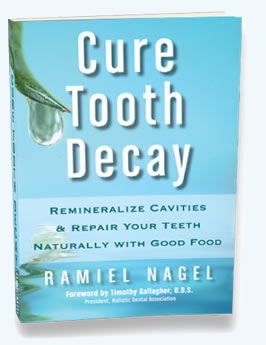


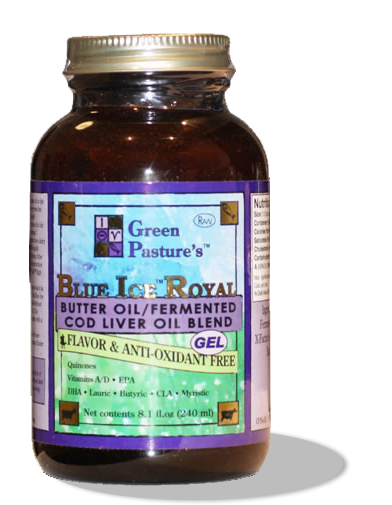
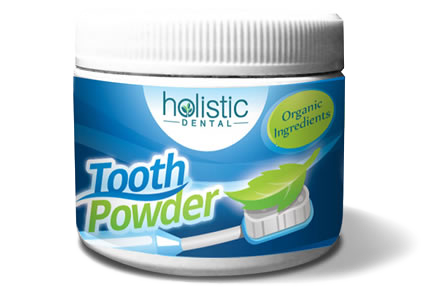
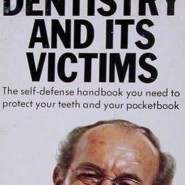 The One Thing that Shocks Dentists
The One Thing that Shocks Dentists Diet Recovery: e-Book Review
Diet Recovery: e-Book Review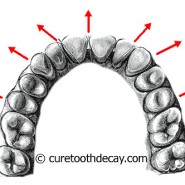 Assembly Line Orthodontics Can Damage Faces
Assembly Line Orthodontics Can Damage Faces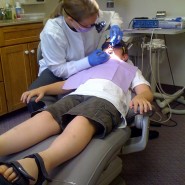 Pediatric Dentistry – Possible Inadequacies
Pediatric Dentistry – Possible Inadequacies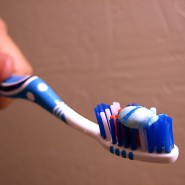 Magical Toothpaste Too Good To Be True
Magical Toothpaste Too Good To Be True Fluoride: A Toxic Waste, Part 2
Fluoride: A Toxic Waste, Part 2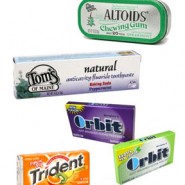 Sugar Alcohols and Tooth Decay
Sugar Alcohols and Tooth Decay Mounting Environmental Mercury Concerns – But What About Our Mouths?
Mounting Environmental Mercury Concerns – But What About Our Mouths? Bacteria Does Not Cause Disease – Raw Milk And Tooth Decay
Bacteria Does Not Cause Disease – Raw Milk And Tooth Decay Type 2 Diabetes Epidemic in Children; Dentistry and Tooth Decay
Type 2 Diabetes Epidemic in Children; Dentistry and Tooth Decay



RamiNagel 5:17 pm on September 4, 2012 Permalink
great post!
KateTietje 6:59 pm on September 14, 2012 Permalink
Apparently I actually had a decent orthodontist. My mouth and jaw are VERY small. I didn’t go to get treatment until I was a teen (and had stopped growing) and he used a twin block to try to expand my jaw first.
My kids’ mouths are all much wider than mine and their teeth have little spaces between then (they are all young). I’m hoping with an excellent diet they will simply never need anything, though I’d go see an osteopath if they did. They already see a chiropractor and take FCLO so at this time I am not worried.
CatherineGentry 9:19 pm on September 24, 2012 Permalink
Any suggestions on what to do, once the damage has been done? I’ve recently recognized problems associated with childhood braces–cracked tooth and subsequent missing filling–which conventional dentistry wants to take care of with either a root canal or extraction. I’ve ordered your book, and am looking for ways of healing the tooth–but recongize that it is the overlap of my upper teeth over my lower which led to the crack in an already weakened tooth–due to having been filled with mercury. I’ve suffered headaches for years and problems with eyes, ears, nose and throat since childhood which may be associated with the popular dental fix of braces. I’m thinking some type of focused body work; perhaps craniosacrial adjustments, a chiropractor, maybe just hands on healing, etc…any suggestions?
cindyyacob 3:29 pm on September 29, 2012 Permalink
Rami-
What do you think of the Clear Correct braces? I had molds made but am having second thoughts before I sign the final commitment. I had braces as a kid and like you, my lower are crowding and I have an overbite. I did read your book but did not see this mentioned. Thanks.
RamiNagel 3:39 pm on October 1, 2012 Permalink
@cindyyacob I cannot give you a definite answer. But the general principal is that you need an expansion appliance to make room for your crowded teeth. So you should ask your dentist who the braces will make room for your teeth, and how it will change your overbite. Also look at before and after photo’s from the same dentist.
NicoleHarmanMeche 10:53 pm on January 13, 2013 Permalink
I had braces when I was 15, and my brother also. We both have problems with TMJ and I have to hang my jaw open for my mouth to be comfortable. My teeth do not line up correctly. My question is. My daughter Just turned 13 and she has had braces for one year. Would it be damaging to stop now or should I let them finish. Not that I see my problems are likely from braces I’m afraid for her.
Itslyn 11:52 pm on January 13, 2013 Permalink
Rami, I so appreciate your making yourself available for QnA like this.
I’m 40 and have regretted refusing braces as an early teen for years. I’ve been considering something appropriate for an adult now, in order to correct overbite and ‘buck teeth’ caused by thumb sucking as a youngin. It’s purely a cosmetic concern for me.
I see ur concern for growing children with regard to braces – any thoughts for adults?
RamiNagel 6:16 am on January 19, 2013 Permalink
@NicoleHarmanMeche
RamiNagel 6:17 am on January 19, 2013 Permalink
@NicoleHarmanMeche Nicole, get your daughter to a good cranial person. Like a cranial osteopath, cranial sacral, or craniopath. Even working on the muscles of the head and TMJ from someone experience with head and TMJ issues. Then you might want to get her into an ALF or some gentle expander to make up for any loss of growth. Still correctable.
8:51 am on January 21, 2013 Permalink
Thanks for this post..Really it’s very nice or also share some useful tips by this post..I really like this..